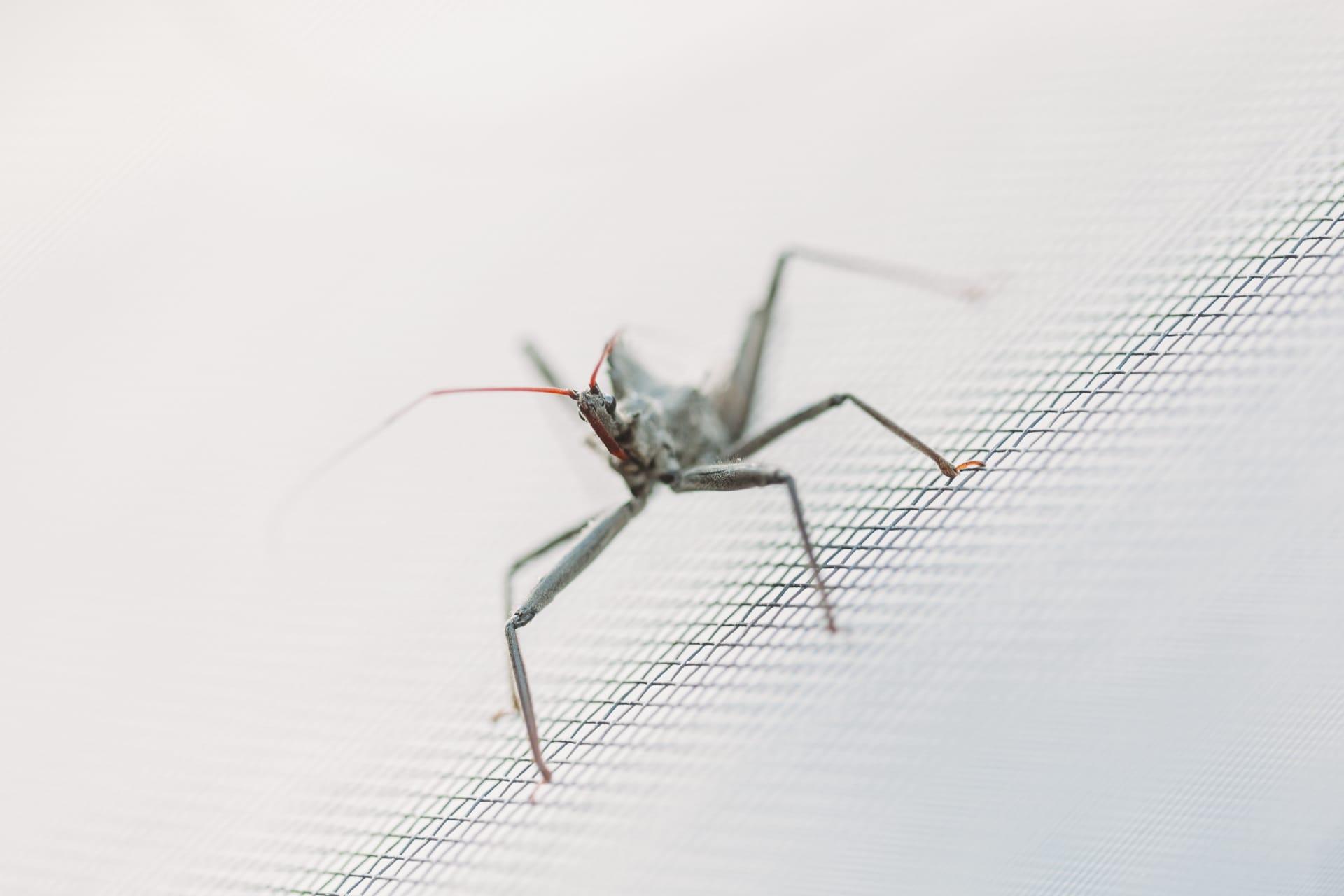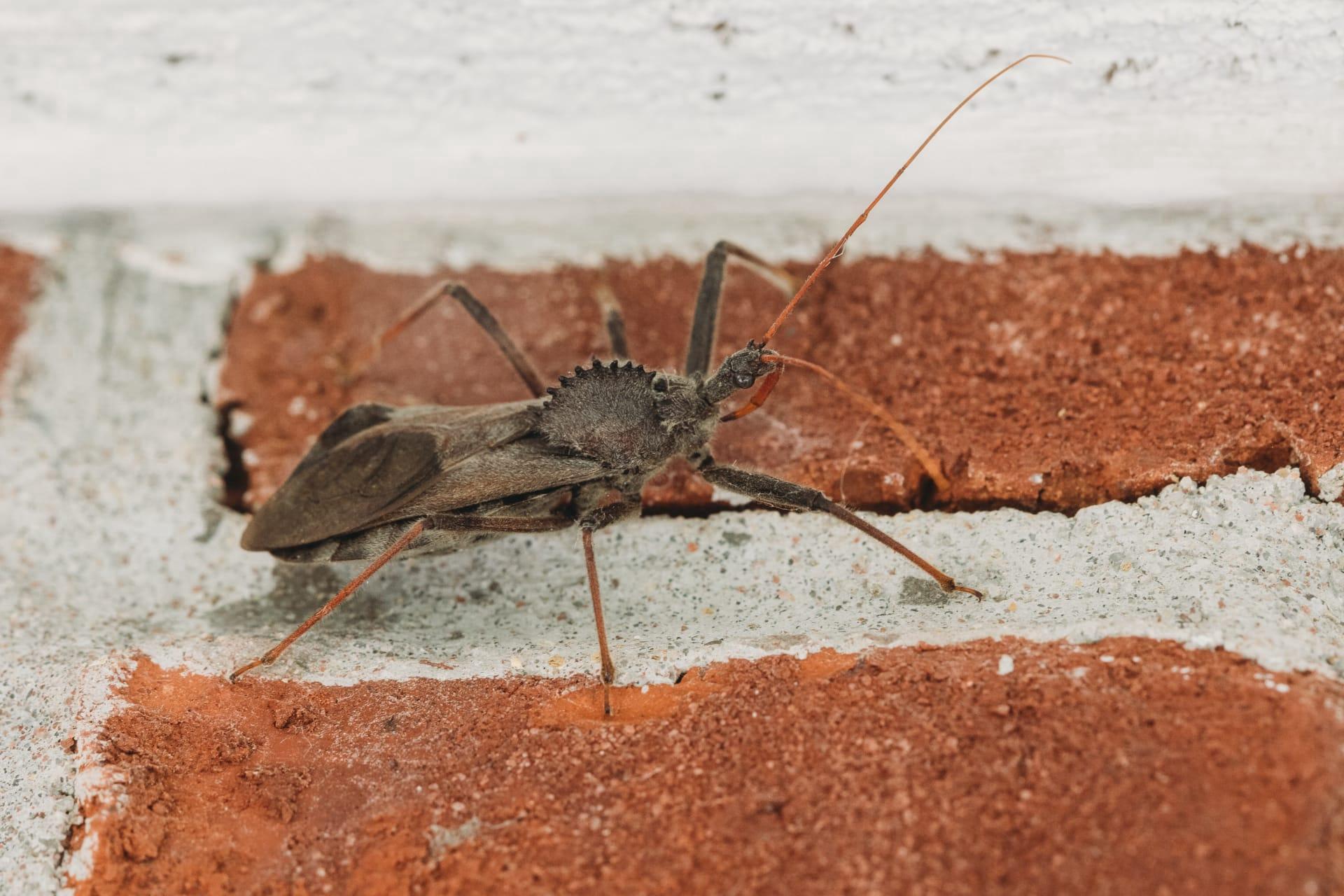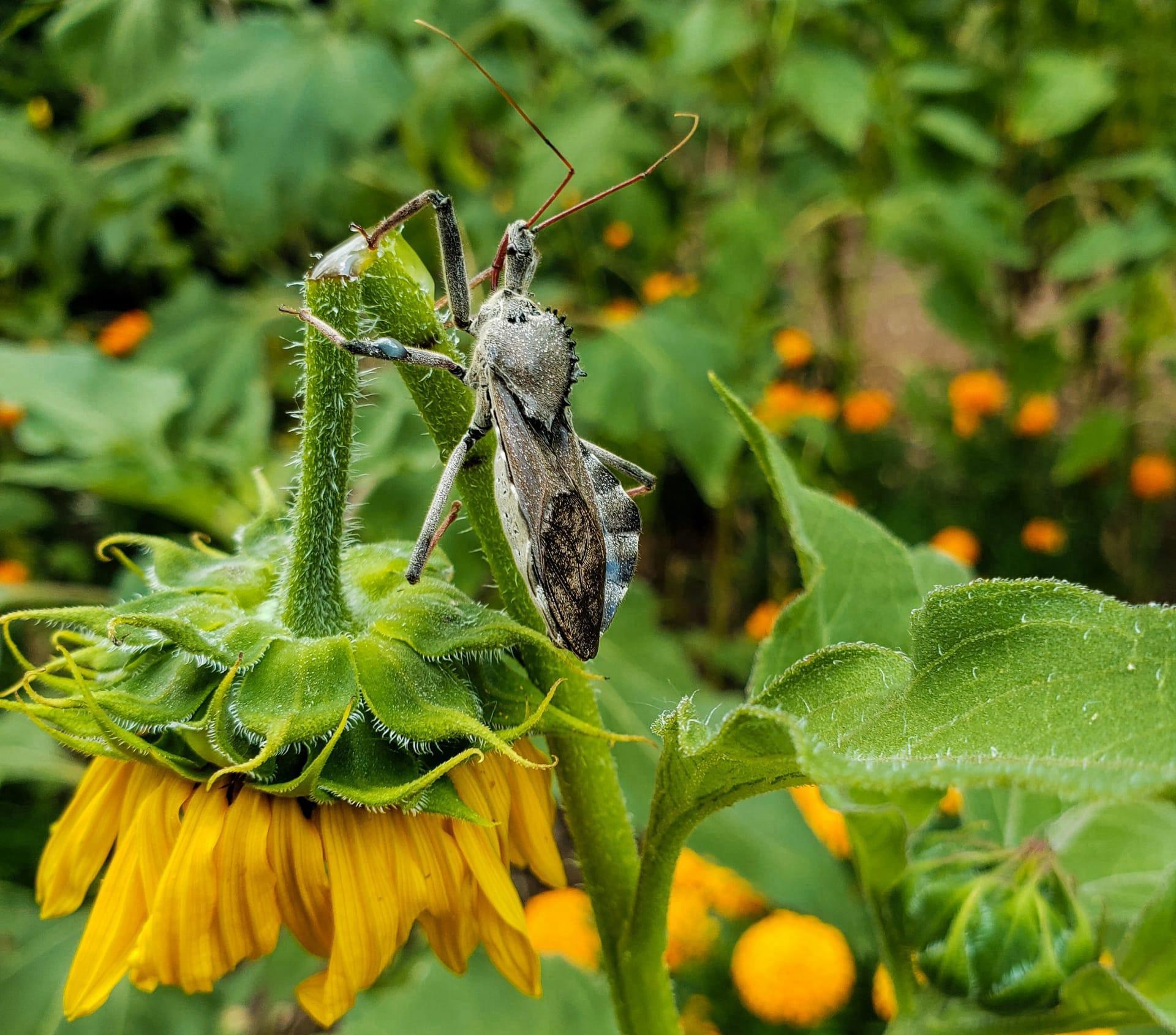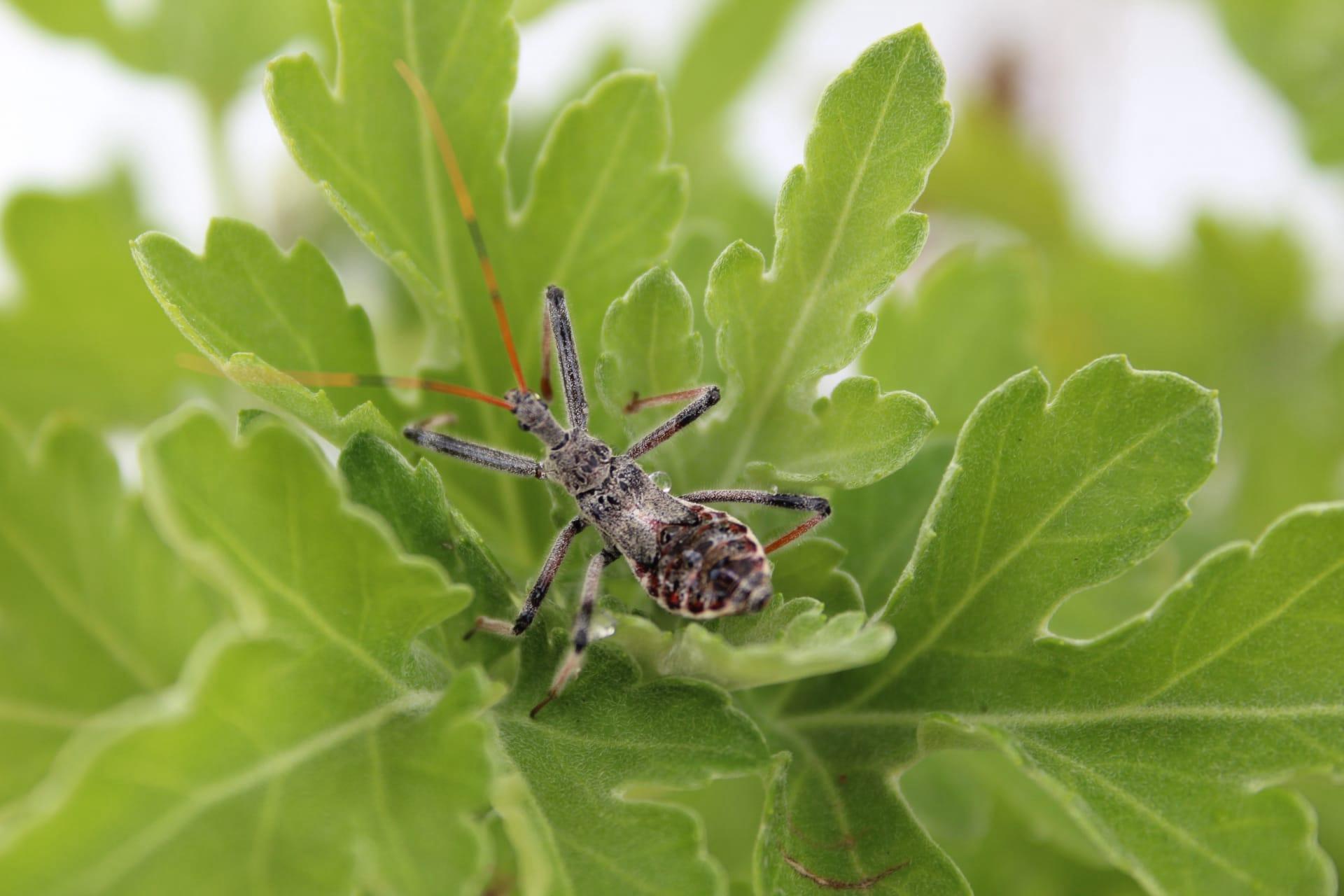1
Did you know that the wheel bug, a member of the Assassin bug family, boasts a unique cog-like structure on its back? This intriguing feature, resembling a gear wheel, is not just for show. Each 'tooth' of the wheel is perfectly shaped and spaced, giving the bug a distinctive silhouette. This wheel structure, while not directly aiding in mobility or defense, plays a crucial role in species recognition, ensuring that wheel bugs can identify and mate with the right partners. Measuring about 1 to 1.25 inches in length, these bugs are among the largest terrestrial true bugs in North America.
Another fascinating aspect of the wheel bug is its formidable beak. This needle-like appendage, tucked neatly under its body when not in use, is a deadly tool for hunting. Wheel bugs use this beak to inject a potent saliva into their prey, which contains enzymes that rapidly break down the internal structures of the insect. This process turns the insides of their prey into a liquid, which the wheel bug then slurps up. The entire process is efficient and swift, making the wheel bug a top predator in its ecosystem.

2
The wheel bug is not only a fierce predator but also a master of camouflage. Its gray to brownish-gray body, coupled with its slow and stealthy movements, allows it to blend seamlessly into the bark of trees and foliage. This camouflage is a vital adaptation for both hunting and protection. When hunting, it can approach its prey undetected, and when resting, it becomes nearly invisible to potential predators.
A lesser-known fact about the wheel bug is its contribution to pest control. Gardeners often welcome these bugs, as they prey on many common garden pests like caterpillars and beetles. Their hunting prowess makes them a natural ally in maintaining the health of gardens and crops. However, due to their painful bite, it is advised to admire these helpful critters from a distance. Their bite, though rarely dangerous to humans, can cause a painful reaction, often described as more intense than a bee sting and can take months to heal.

3
Wheel bugs exhibit a fascinating life cycle that includes a dramatic metamorphosis. Starting as eggs laid in clusters on tree bark or plant stems, these eggs hatch into nymphs that are bright red with black markings. These nymphs go through five instar stages, each one bringing them closer to their adult form. In each stage, they shed their exoskeleton, growing larger and developing more of the adult characteristics, such as the distinctive wheel-like structure on their back.
Another intriguing trait of the wheel bug is its overwintering strategy. Adults lay eggs in late summer or early fall, and then the adult bugs die off as winter approaches. The eggs remain dormant through the cold months, hatching in spring as temperatures rise. This life cycle ensures the continuation of the species and helps maintain a balance in their population, as not all eggs will survive the winter, naturally controlling their numbers.

4
Communication in wheel bugs is a curious affair, as they rely heavily on chemical signals rather than auditory or visual cues. These bugs secrete pheromones to attract mates, a common trait in many insect species. However, during mating, the male wheel bug also offers a 'nuptial gift' to the female, a packet of nutrients that aids in the development of her eggs. This gift is an interesting example of a behavior known as 'mating investment' in the insect world, where males contribute to the reproductive success of their offspring beyond just the genetic material.
Wheel bugs are also known for their 'flight or fight' response. While they possess wings and are capable of flight, they often choose not to fly unless absolutely necessary. Their flight is noisy and not particularly graceful, making them more vulnerable to predators. Instead, they prefer to rely on their camouflage and stealth. When threatened, they can deliver a warning bite, but they usually resort to flying away only as a last resort. This behavior underscores their preference for energy conservation and stealth over confrontation.

5
Despite their predatory nature, wheel bugs have their own set of predators. Birds, especially larger species, are known to prey on them, as well as other insect predators like spiders and praying mantises. This predator-prey dynamic plays a crucial role in the ecological balance, keeping wheel bug populations in check and preventing overpopulation.
Wheel bugs have a unique impact on their ecosystem beyond their role as predators. By controlling the populations of other insects, they indirectly contribute to the health of plants and trees. Their predatory habits can help reduce the damage caused by insect pests to crops and gardens. This ecological service highlights the interconnectedness of species and the importance of each organism, no matter how small, in maintaining the balance of our natural world.